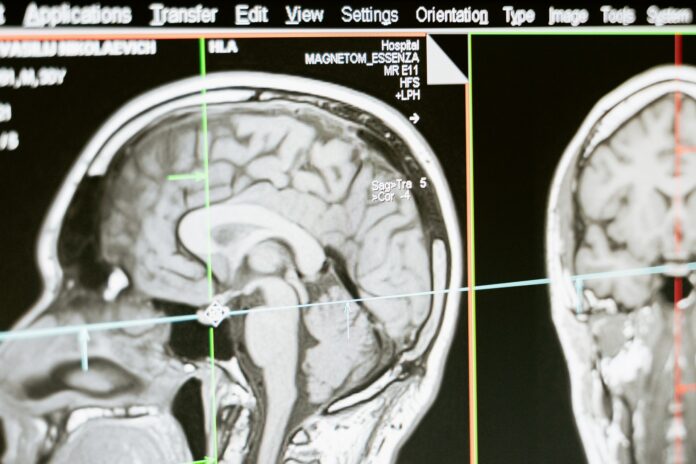Overview
Agenesis of the corpus callosum (ACC) is a disorder that causes the corpus callosum to be either partially or completely missing. This structure connects the left and right hemispheres of the brain. Several other disorders that affect the corpus callosum exist. The disorder occurs because of a disturbance in the normal progression of cell migration in the brain during fetal development. ACC can occur alone, or in tandem with other cerebral conditions or abnormalities, such as Dandy-Walker syndrome, holoprosencephaly (the forebrain fails to divide into separate lobes), Arnold-Chiari malformation, and schizencephaly (involves deep divides or clefts in the brain tissue.)
Aicardi syndrome is a gender-specific version of ACC. It typically only affects females. This syndrome causes severe cognitive impairment, seizures, developmental delays, abnormalities of the vertebra, and retinal lesions.
Other corpus callosum disorders include hypoplasia and dysgenesis. With hypoplasia, the corpus callosum is thinner than average. With dysgenesis, the corpus callosum develops incompletely, or is malformed in some way. Those with these two disorders have a higher than average risk of cardiac abnormalities and hearing loss.
ACC is also linked with other deformities, such as midline facial defects. ACC symptoms and effects can range from mild to severe, depending on the associated brain anomalies. Those with the most severe form of ACC can suffer from seizures, hydrocephalus, and intellectual impairment.
The estimated prevalence of corpus callosum disorders is around 1 in 4,000.
Commonly Associated With
Acrocallosal syndrome
Cause Of Agenesis of Corpus Callosum
What actually causes ACC is not yet known, but many researchers speculate that it develops because of non-inherited genetic changes that happen during the course of a person’s lifetime. These types of genetic changes can occur because of environmental exposures. However, ACC has no particular identified environmental risk factors.
Symptoms of Agenesis of Corpus Callosum
Agenesis of the corpus callosum (ACC) might first appear as seizures during the first few weeks of an infant’s life, or somewhere within the first two years. However, not everyone who has ACC will have seizures.
Other early-life symptoms can include delays in being able to hold their head up, feeding difficulties, and delays in walking, standing, and sitting. Hydrocephalus (a buildup of fluid within the skull) and an impairment of physical and mental development are also common in the beginning stages of this disorder.
Impaired hand-eye coordination, visual/auditory memory issues, and non-progressive intellectual disability are diagnosable with neurological testing.
Treatment of Agenesis of Corpus Callosum
There is no official treatment or cure for ACC. Most treatments typically involve managing seizures and other symptoms if and when they occur. Managing the symptoms and difficulties associated with ACC is easier if they recognize the disorder early and start therapy quickly. Therapies focusing on left and right coordination have been somewhat effective. The best treatment currently available is to diagnose and intervene early, to improve developmental and social outcomes for the child with ACC.
Other
Diagnosis
Health care providers often use MRIs and ultrasounds in the diagnosis of ACC, as they can help them visualize the defects/abnormalities of the brain region.



